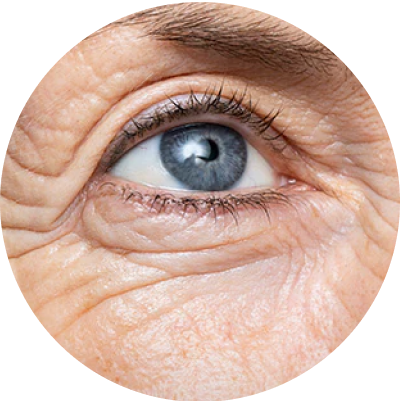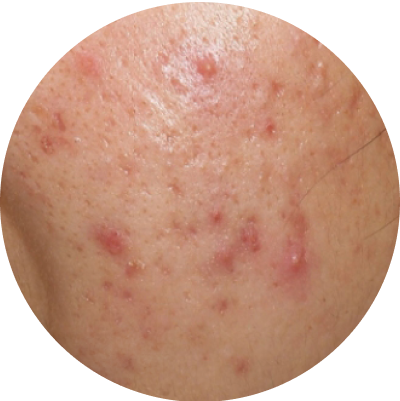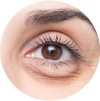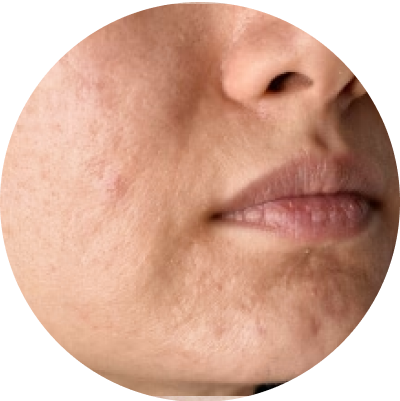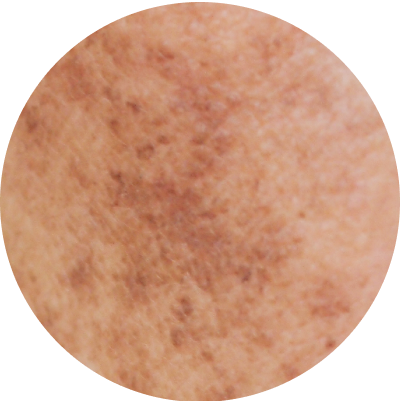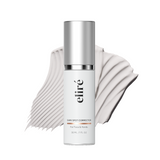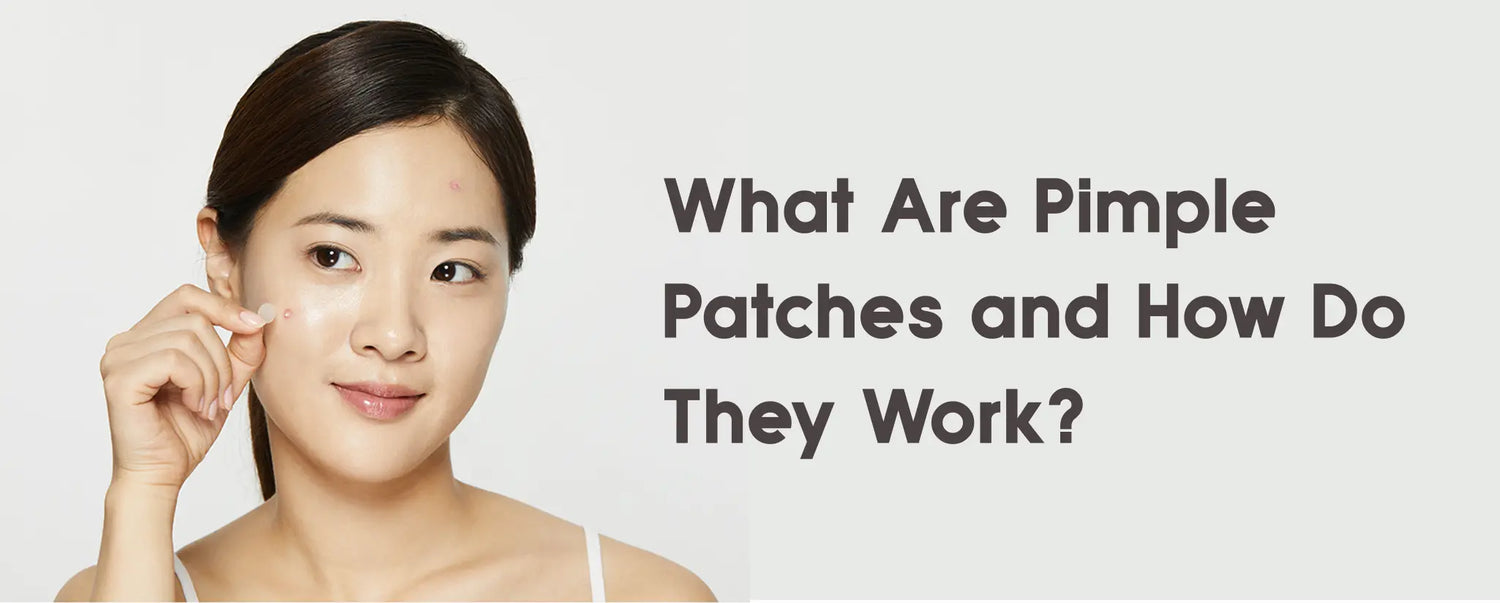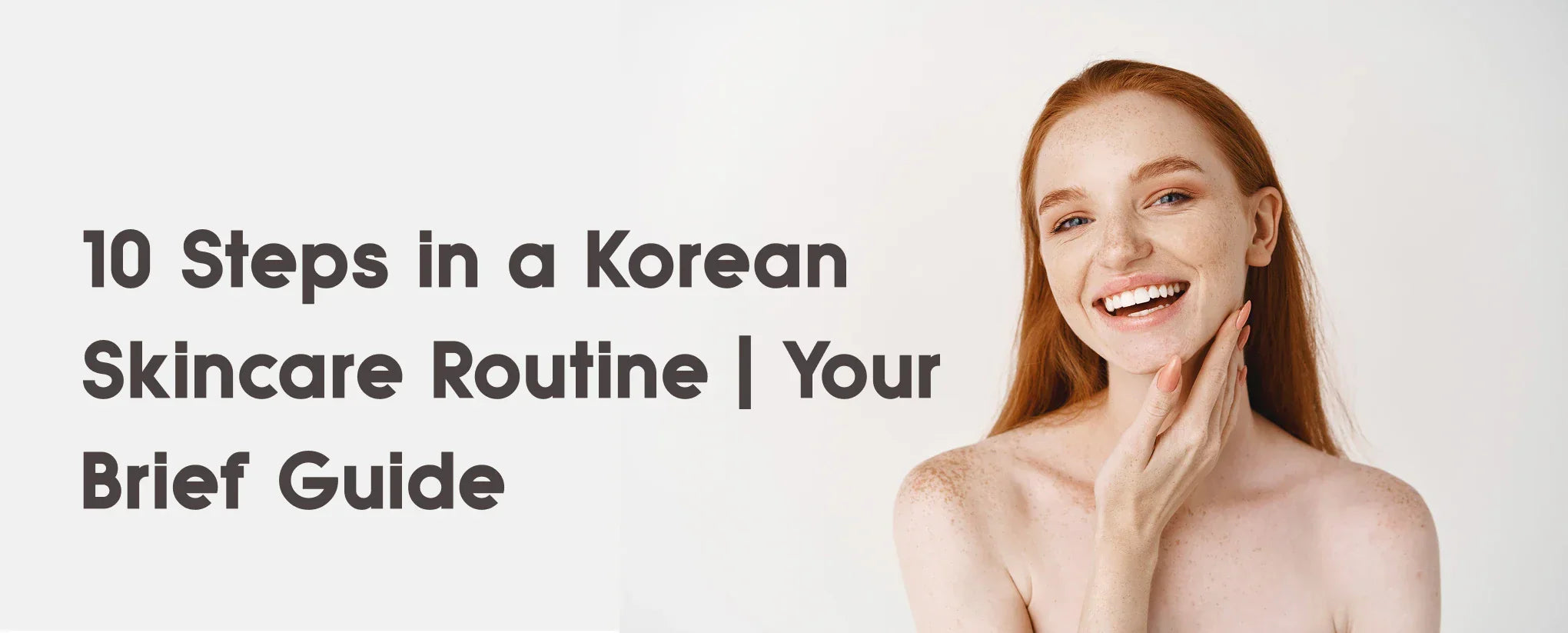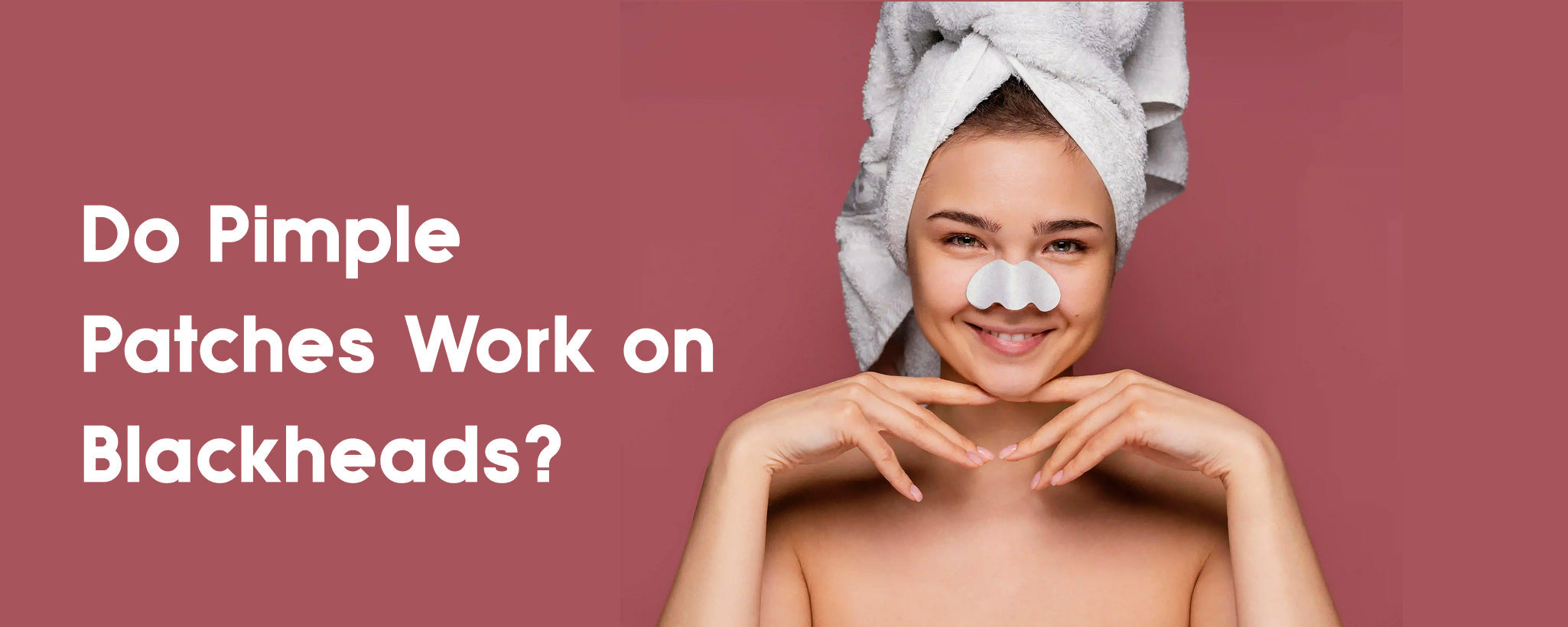You’ve probably seen pimple patches all over social media or at your local beauty store: small stickers, often clear or flesh-tone, that you stick right onto a blemish. The marketing promises “zap-a-zit overnight,” “invisible cover,” or “no more picking.”
So, do pimple patches work? Or are they just another skincare trend?
Luckily, pimple patches can help, especially for certain kinds of pimples. The evidence is growing, with clinical studies showing they reduce inflammation, protect lesions while healing, draw out fluid, and improve how pimples look in a few days.
That said, they’re not a cure for severe or deep acne, and results often depend a lot on using them properly.
What Is a Pimple Patch?
A pimple patch (also referred to as acne patches or "zit stickers") is a small adhesive dressing that you put directly over a pimple. Think of them like tiny bandages designed specifically for breakouts.
They come in skin-colored or clear, round or square shapes, and are very thin, so they won't get in the way. Some pimple patches have a colored border or slightly thicker border to prevent them from sliding around or leaking.
Standard patches are made of hydrocolloid, a material also used in wound dressings in hospitals. Some pimple patches also infuse ingredients like salicylic acid, tea tree oil, or even microneedles that help active substances sink deeper into skin.
When shopping, you should check:
- Whether the patch is non-medicated or medicated
- Its size
- Whether it’s clear or visible
- How strong the adhesive is
- If it includes additional features (like microneedles)
How Do Pimple Patches Work?
So, pimple patches, how do they work? The best way to understand what pimple patches do is to break them down into three main actions.
They Draw Out Pus and Oil
One of the most common questions among peeps is "How do acne patches work?" The answer is hydrocolloid.
Hydrocolloid patches suck gunk like sponges: they absorb the fluid (pus, sebum, or inflammatory exudate) of your zit when they come into contact with the inner gel. As they do this, the patch can puff up or become whitish (or cloudy) — that's the gel reacting to fluid.
The act of drawing out fluid helps flatten the bump, reduce pressure from inside, and create a more favorable environment for healing.
Many people often misinterpret the whiteness as “all the gunk from the pimple,” but it’s actually the hydrocolloid gel plus absorbed fluid turning opaque.
A double-blind pilot study of 20 patients with mild-to-moderate acne found that a hydrocolloid “acne dressing” resulted in a greater decrease in acne severity, redness, and oiliness from days 3 to 7 compared to plain skin tape.
So, they do pull out fluid and help reduce visible swelling.
They Protect Pimples While They Heal
Another critical role: acting as a barrier. Your breakout is vulnerable. Without protection:
-
You might subconsciously touch, poke, or pick it (which can worsen inflammation or cause scarring).
-
Environmental irritants, bacteria, dirt, or friction (from pillowcases, masks, etc.) can aggravate it.
A patch seals off the area, preventing contact and contamination. It ensures that the environment remains moist, protected, and stable.
Because you can’t touch what’s covered, it also discourages picking, which can reduce post-inflammatory hyperpigmentation or scarring.
As per the JAMA Dermatology research on hydrocolloid patches, “wound appearance” scores improved for popped pimples on days 1 and 4, indicating that covering those small lesions helps their physical healing.
They Deliver Medications or Other Ingredients
This is the third approach – and more advanced patches fall into this category.
Instead of being inert sponges, there are patches with active components that may soften, reduce inflammation, clear pores, or kill acne bacteria. Salicylic acid, tea tree oil, and niacinamide are just a few.
More advanced are microneedle patches (microarrays) — patches made of extremely fine, soluble needles that just pierce the top skin layer (painlessly) and deposit actives deeper within the lesion.
One human clinical trial of a two-stage microneedle patch (with antibacterial + anti-inflammatory agents) showed pimples were eliminated by day 7 in treated sites, with a reported 81% drop in lesion count by day 3 vs untreated ones.
A second trial utilized dissolving microneedle patches with salicylic acid, which demonstrated reductions in acne volume, redness, and hyperpigmentation over 28 days.
So, while simpler patches largely soak and conceal, medicated and microneedle patches play a more active role in treatment.
Our Favorite Pimple Patches
If you're curious which patches you need to try, below are three of our favorites from Elire Skincare. Each is great for somewhat different reasons, so pick the one that suits best with your skin and lifestyle:
-
Nose Pimple Patch: Keeping the nose shape in mind, this XL-shaped patch will pull out oil, dead skin, and dirt from blocked pores. If you get blackheads or chronic T-zone breakouts, use it because it covers more surface area and allows your skin to look clearer and smoother.
-
Night Spot Patch: Perfect for nighttime, the super-absorbent hydrocolloid spot patch absorbs overnight while you sleep, minimizing swelling, redness, and size in the morning. It keeps the breakout from being picked at or irritated, and you'll wake up with smoother, clearer-looking skin.
-
Daytime Pimple Patch: Ultra-thin and nearly invisible, this patch blends seamlessly under makeup or sunscreen. It absorbs excess oil and impurities throughout the day while shielding your breakout from pollution and touching. Great for fast-acting, discreet coverage when you’re on the go.
This mix of options makes it easy to choose a patch that matches your skin’s needs and your daily routine.
Key Active Components in Acne Patches
Not all patches are created equal. Here’s what to look for on ingredient lists when you’re comparing pimple patches. Understanding these helps you choose wisely.
Hydrocolloid
It is the foundation of most zit strips. Hydrocolloid consists of gel-forming agents (such as gelatin, pectin, and carboxymethyl cellulose) that absorb water, form a gel, and create a protective environment conducive to healing.
In wound care, hydrocolloid dressings help promote faster healing, reduce scabbing, and keep wounds protected. Hydrocolloid use on acne is an extension of that idea.
Salicylic acid
A beta hydroxy acid (BHA) that functions to open pores by breaking down sebum and dead skin detritus in the pore lining. It may reduce inflammation and remove clogged follicular contents within inflammatory lesions.
Note: concentrations must be gentle and safe, since the delivery is occluded and topical.
Tea tree oil
An antibacterial and anti-inflammatory essential oil, the 5% gel of tea tree has been found by one study to be as effective in lessening acne lesions as 5% benzoyl peroxide gel, but with less side effects.
Some patch treatments include it for its ability to lower bacterial load in the area of the breakout. However, you should note that tea tree oil irritates sensitive skin and should only be used in small quantities.
Microneedling
Rather than a “component,” this is a format. Microneedle patches are engineered with tiny, dissolvable needles that painlessly pierce the outer skin barrier and deliver actives deeper into the lesion.
These are especially useful when regular patches can’t reach far enough to influence the deeper inflammation.
How to Use a Pimple Patch
To get the results you desire, it’s crucial to use the patches correctly. Here’s your step-by-step guide to getting the most from your patch:
-
Prep your skin well: Wash your hands thoroughly. Then, cleanse the affected area gently (face wash, mild cleanser). Remove all makeup, dirt, and oil around the pimple. Pat the area dry completely. Remember, patches adhere much better to dry skin.
-
Apply the patch: Peel off the backing carefully. Stick it over the pimple so that it fully covers the bump. Press down gently so the edges stick well. If the patch is large, make sure the edges seal well.
-
Leave it on: Many users wonder, “How fast do pimple patches work?” This often varies; therefore, it’s best to follow the product instructions. Many patches are designed to be worn overnight (6-8 hours, sometimes longer). Some non-medicated patches may stay on until the patch turns white (indicating it has absorbed fluid) or until the edges start lifting. For medicated or microneedle patches, maybe shorter or as per directions (some actives can irritate if left too long).
-
Removing the patch: Gently peel off from the edge – don’t yank. Wash the area again, perhaps follow up with a gentle moisturizer. If you used a medicated patch, you might avoid immediately layering strong actives in the same spot to prevent irritation.
 With that being said, listed below are a few actionable tips for the best results:
With that being said, listed below are a few actionable tips for the best results:
- Use overnight, or during times when you’re less active (to reduce movement or sweat).
- Don’t touch or pick the pimple under the patch.
- Avoid applying heavy products (like thick creams) over the patch.
- Change the patch if it loosens or gets wet/dirty.
- Use a patch as soon as you see the breakout — earlier is better.
- Keep the patch small and fit just to the blemish; an excessive patch may trap too much moisture or be less comfortable.
- Don’t reuse a patch.
When to Avoid Using Pimple Patches
Patches are helpful; however, there are times when they’re not the right tool, such as:
-
If the pimple is very deep or “cystic” (large, painful, under the surface), a patch won’t reach deep enough, and you may need prescription treatment or see a dermatologist.
-
For blackheads and whiteheads (comedones) that are not draining or open, patches usually won’t help much, because there’s no fluid to absorb. They might protect from picking, but they won’t clear clogged pores.
-
If you have very sensitive skin or known allergies to adhesives, tea tree oil, or whatever the patch contains, you may get irritation. Do a patch test or use non-medicated/gentle versions.
-
If the pimple is severely infected, or there’s spreading redness, pain, swelling (signs of more serious infection), see a dermatologist.
-
Using the patch under heavy creams or occlusives that could interfere with sticking, or applying a medicated patch under other strong topicals without guidance, may irritate the skin.
How Often Can You Use Hydrocolloid Patches?
One of the best things about hydrocolloid patches is that they're not harsh or dangerous to use on a daily basis – but there are some rules you need to follow so you don't overuse them.
- Apply a single patch per spot until it's mostly cleared (very minor signs of swelling/redness).
- Replace the patch when it gets damp (white/cloudy) or loses stickiness.
- Avoid reusing or stacking patches.
- If nothing improves (or worsens) within 2–3 days, discontinue and consult a dermatologist or stop using your acne product.
It's also important to watch for signs of overuse. If the skin around the patch gets red, irritable, or begins to peel, give your skin a break. So too if you find your skin to be more sensitive or flakier than usual, this means your skin barrier is stressed.
And if new pimples keep forming under the patch, that’s another clue to step back.
Note: You can fit patch use into your routine easily: apply after cleansing, before spot treatments (if using), and remove before your moisturizer or sunscreen (if overlapping). They play nicely with other simple skincare steps.
FAQ
Do pimple patches work on unpopped pimples?
They can, but are most effective when there’s some fluid (pus, exudate) that can be drawn out. If the pimple is “unopened” without a visible head or fluid, patches may protect it and reduce inflammation, but won’t “pop” it.
Why do acne patches turn white?
Because the hydrocolloid inside absorbs fluid (oil, pus, etc.). As it absorbs, it forms a gel-like substance, which changes the patch’s color (white or opaque). It’s not just “pus visible,” it’s hydrocolloid saturated.
How do pimple patches draw out pus?
The hydrocolloid material is hydrophilic (attracts water/fluids) and absorbent; it pulls fluid from the pimple into the patch, trapping it there. This reduces swelling and pressure.
Do I need to pop a pimple before using a pimple patch?
No. You can, but it's often better not to. If you pop it cleanly or if it's already opened, patches can help heal. If it's closed, better to leave it and let the patch protect and reduce inflammation (if the patch has actives), rather than making a wound by popping.
What happens if you leave a pimple patch on too long?
Usually nothing serious, but the patch may lose effectiveness or stick too firmly. Replace once it turns opaque or after 8–12 hours.









